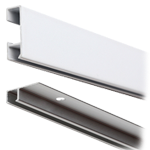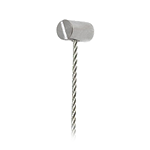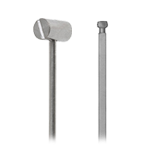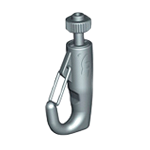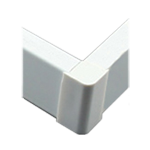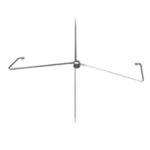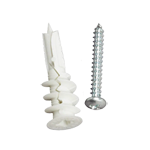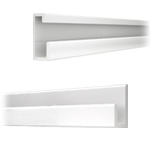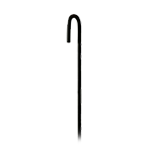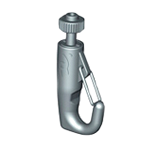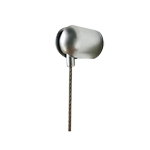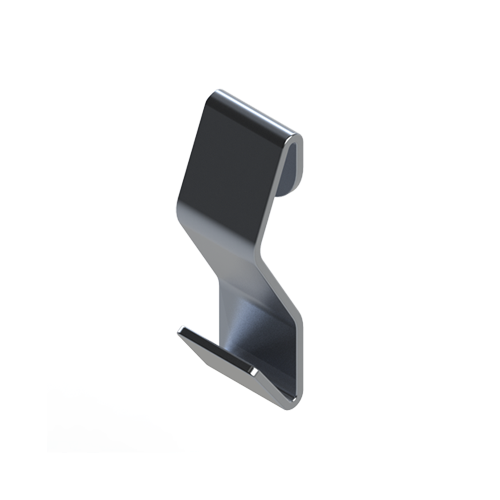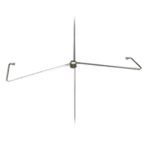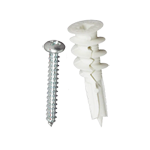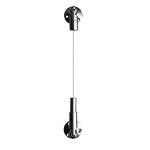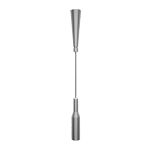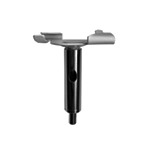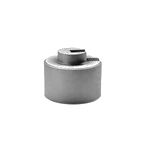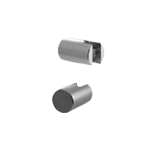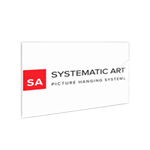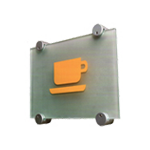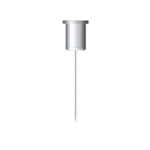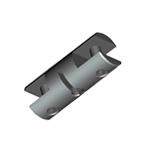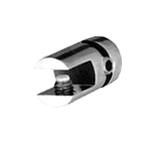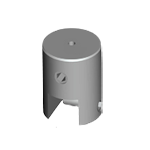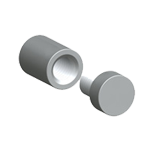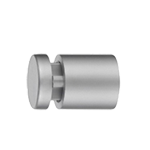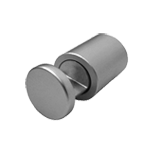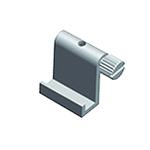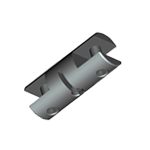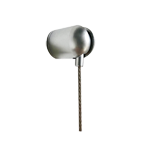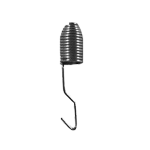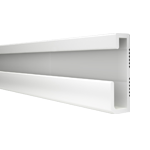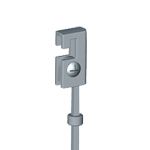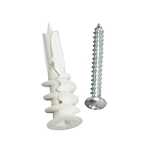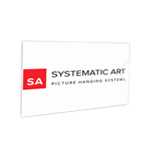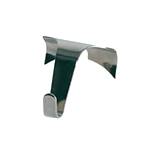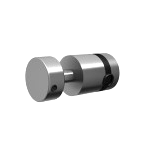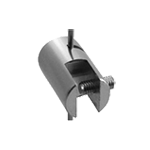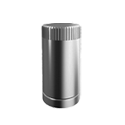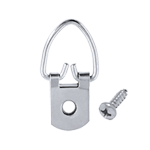3 Ways to Organize 360° Museum Displays
360° displays can generate a lot of excitement. Interested visitors can see more of the artifacts up close, and these higher-quality displays can bring in more visitors. Here's the hardware you need to make it happen:
1. Use wire hanging systems so everyone gets a good view.
If you have a popular new exhibit at your museum, the last thing you want is for a big crowd to ruin the experience. But if the artifacts drawing the biggest interest are up against a wall or encased in a bulky central case, fewer people can see them at once. Use wire hanging systems instead. Wires can give all of the structural support as metal frames, even for heavy artifacts, without obstructing the view.
2. Suspend shelves from the ceiling for the illusion of more foot space.
But center displays take up a lot of space. There need to be ADA-compliant dimensions for the pathways between exhibits, and even those dimensions can seem a bit tight if there's a lot of visitors. But hanging displays that don't touch the floor give the illusion of more foot room. You can still keep visitors far enough away from exhibits to keep the items safe. But just seeing more visible flooring gives people the feel of more breathing room.
3. Run better lighting through ceiling-suspended systems.
Lighting can make or break an exhibit. Make sure every exhibit and the top-tier artifacts in the cases have separate lighting to set the stage. This can be hard if you have to arrange cases on the floor and then install track lighting above the case. But when you use overhead systems, you can use the supports to hold lighting, too. Then it's guaranteed to line up.
Good displays need to have good hardware. Go to Systematic Art to find everything you need for all of your museum's central and wall-bound displays.

